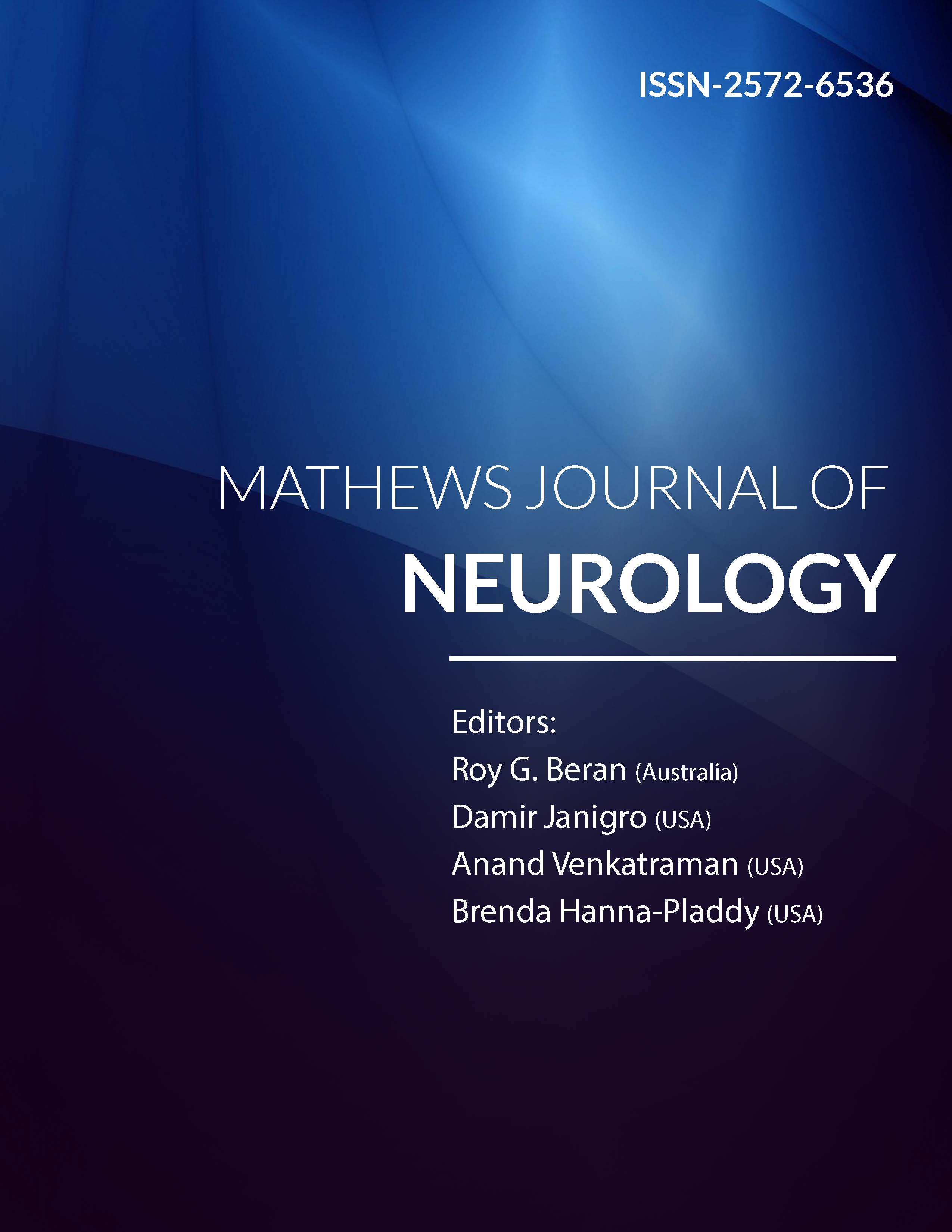
Information Links
Previous Issues Volume 6, Issue 1 - 2022
Case Report: Optical Coherence Tomography, as a Non-Invasive Approach to Evaluate Intracranial Pressure in Normal Pressure Hydrocephalus Patients, as with their Treatment Follow-ups and VP Shunts Reprogramming Procedures
Bita Shalbafan1,*, Seyed Kianoosh Naghibzadeh2, Hajar Aminzadeh3,4, Hossein Lanjanian5,6, Bardia D Baloutch7, Hamid Sajjadi8,9
1Clinical Research Development Center of Labbafinejad Hospital, Shahid Beheshti University of Medical Sciences, Tehran, Iran
2Department of Biological Sciences, Tarbiat Modares University, Tehran, Iran
3Department of Cognitive Science Studies, Shahid Beheshti University, Tehran, Iran
4Department of Cognitive Modeling, Institute for Cognitive Science Studies, Tehran, Iran
5Molecular Biology and Genetics Department, Engineering and Natural Science Faculty, Istinye University, Istanbul, Turkey
6Cellular and Molecular Endocrine Research Center, Research Institute for Endocrine Sciences, Shahid Beheshti University of Medical Sciences, Tehran, Iran
7TRUST/FALCON RAY Imaging (X-Ray and Visible Spectrum) Tehran, Iran
8Director, Department of Ophthalmology, Acacia Medical Center, Dubai, UAE
9Director of Neuro-Ophthalmology, San Jose Eye and Laser Medical Center, California, USA
*Corresponding author: Bita Shalbafan, Neurologist, Clinical Research Development Center of Labbafinejad Hospital, Shahid Beheshti University of Medical Sciences, Tehran, Iran; Tel: 00989161119656; Email: [email protected]; [email protected]
Received Date: December 19, 2022
Publication Date: December 31, 2022
Citation: Shalbafan B, et al. (2022). Case Report: Optical Coherence Tomography, as a Non-Invasive Approach to Evaluate Intracranial Pressure in Normal Pressure Hydrocephalus Patients, as with their Treatment Follow-ups and VP Shunts Reprogramming Procedures. Mathews J Neurol. 6(1):020.
Copyright: Shalbafan B, et al. © (2022)
INTRODUCTION
Ventriculoperitoneal Shunts are nowadays a reliable solution to control NPH symptoms and maintain patients’ quality of care by its re-programming ability [1]. However, post VP shunt implementation follow-ups are mostly consisted of clinical reviews that rely on observable signs and symptoms by neurologists Williams M, et al. (2016) [2]. In some conditions though ventricle dilation and cortical atrophy extension may address the demand for VP shut to be re-programed [3]. The presenting case outlines difficulties in evaluating the functionality of the VP shunt for an NPH patient. OCT has been therefore experienced to be a non-invasive low-cost study to assist the neurology practice to lead the patient to VP shunt re-programming, due to its possible low pressure that became authentic during its adjustment procedure.